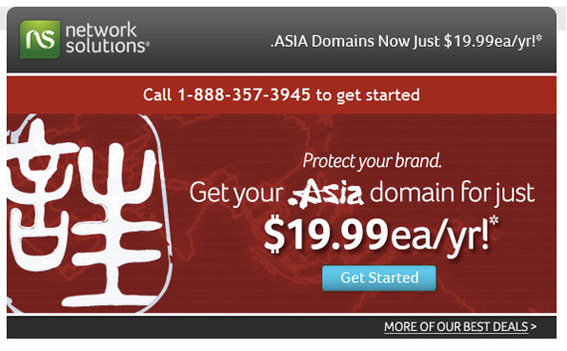According to published reports, some 92 percent of American adults use email. Many of them are subscribers to one or more email newsletters or product alerts. So it is little wonder that email marketing is one of the more powerful promotional tools available to ecommerce businesses.
With email marketing, building a solid list is the key to reaching a large audience. Once that list is built or growing, marketers will want to focus on improving engagement with subscribers, and increasing conversions rates. In this article, I’ll suggest three pointers that may help increase conversion rates for your email campaigns.
1. Be Relevant
When a subscriber agrees to let a marketer send regular email messages, they form something of an agreement. Essentially, the subscriber is agreeing to receive the message in exchange for valid, relevant content. This content might offer some how-to advice, a steep discount, an interesting read, or even some insider knowledge.
Email marketers that want to boost their conversion rates might consider trying to make content relevant by segmenting the email list based on subscriber behavior, location, or preferences; testing different content types; and promoting content that builds a relationship with the clients.
I recently participated in an email campaign that sent “feel-good” news articles and coupons to a list of several tens of thousands of subscribers. The content was chosen because of indications — based on a survey and some questions in social media — that the audience would be open to articles about families and small farms. The campaign was something of a departure from what the company had previously sent, which was typically a .JPG version of their circular. The more relevant content generated as much as a 14 percent click-through rate and the coupons helped to generate thousands of additional sales.
This marketer might further improve the results by segmenting the list so that female and male readers — or more or less affluent subscribers — get content tailored for them.
2. Ask for the Conversion
Email marketers should also ask for the click, either directly or by implication. The direct form of asking for the click is relatively simple. You state an offer and ask for a response.
An example is a recent email from Network Solutions promoting the availability of .asia domain names. The notification stated in a straightforward way that the .asia domains would be $19.99 each year and it asked the recipient to “Get Started.”

Network Solutions’ recent email has a clear call to action, which should generate relatively more clicks.
Further down the page, the Network Solutions email asks a second time for the click.

Network Solutions email asks subscribers twice for the click.
A recent email from Franklin Covey offered subscribers “100 Ways to Organize for Under $10.” The offer included an invitation to “Shop them all.”

Franklin Covey used a clever tag line for its request for a click.
Another approach is to begin a story or article in your email and finish it on your site. eHow does this in its daily email newsletter.

eHow implicitly asks readers to click to finish a story.
3. Be Dynamic
While it is never helpful to change just for change sake, it is a good idea to be dynamic in the sense of being flexible enough to change when it is wise.
In his recently released book, The Lean Startup, Eric Ries argues that sometimes being a successful startup is not about have some great idea or awesome niche, but rather about being dynamic enough to adapt to what customers want.
This approach may be applied to email marketing too. Be willing to ask for subscriber feedback from time to time, and then listen.
Bonus: Take Risks
Most email marketing service providers warn against using “spammy” words like “free” in email subject lines. The idea is that Internet service providers will flag these emails as spam, damaging reputations and preventing the message from being delivered. But in a recent episode of Marketing Over Coffee, email-marketing experts John Wall and Christopher Penn argued that most spam filters are actually more concerned with the reputation of the sender and not the words in the subject line. In fact, Wall said that he gets better results when he takes risks in the subject line, even using “free.”




